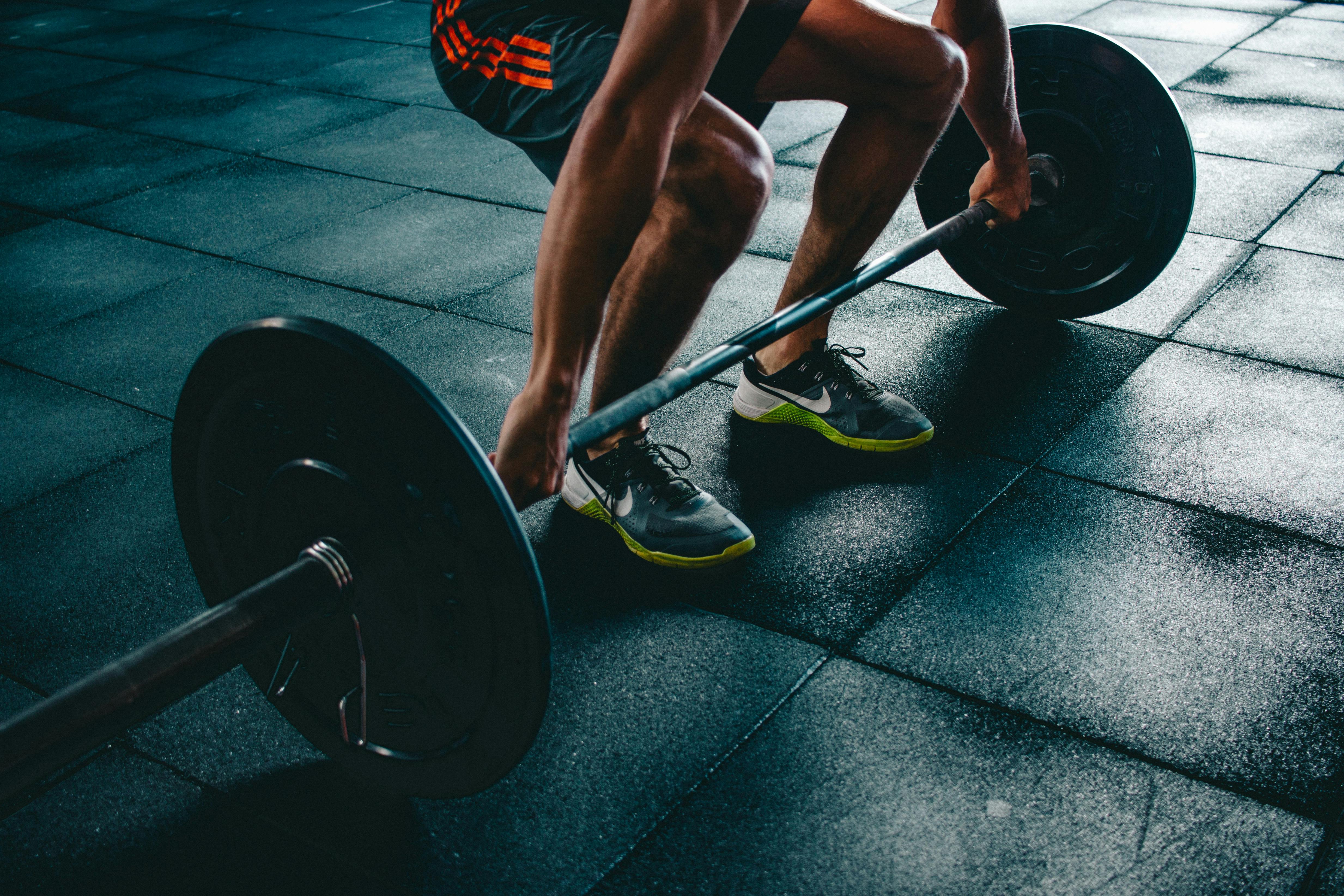Last month, I spent $300 at the dermatologist for a facial that lasted maybe 45 minutes.
Worth it? Absolutely.
Sustainable for my bank account? Absolutely not.
So I did what any rational person would do - I went down a rabbit hole trying to recreate professional treatments at home. Some worked shockingly well. Others... let's just say my skin was not happy with me.
Here's what actually delivered results.
The LED Mask Situation
Okay, real talk - I was skeptical about LED masks. They look ridiculous, they're expensive, and honestly? I thought it was just fancy light therapy BS.
But then I borrowed my friend's mask for two weeks.
Plot twist: my skin looked better than it had in months. The redness around my nose? Gone. Those annoying little bumps on my forehead? Significantly better.
I'm not saying it's magic, but it's pretty close. The red light supposedly helps with inflammation and collagen production, while blue light targets acne bacteria. Science-y stuff that actually seems to work.
The catch? Good ones start around $200. But if you're spending that every month on facials anyway, the math checks out.
Microcurrent Devices: The Facelift Vibes
I've always been curious about those celebrity beauty device brands that promise instant lifting. They seemed too good to be true.
Spoiler: they kind of are, but also kind of aren't?
I got a microcurrent device (the affordable one, not the $400 celebrity version) and used it consistently for three weeks. My jawline looked more defined. My cheekbones seemed higher. Was it dramatic? No. Was it noticeable? Yes.
The annoying part is you have to use it regularly. Miss a week and the effects fade. It's like going to the gym - consistency is everything.
Also, you need conductive gel. Don't skip this. I tried using regular moisturizer once and got zero results.
At-Home Chemical Peels (Proceed with Caution)
This is where things got interesting.
Chemical peels at the dermatologist cost anywhere from $150-$500 depending on the strength. At-home versions? Like $30.
I started with a gentle lactic acid peel because I'm not trying to burn my face off. Used it once a week for a month, and honestly? My skin texture improved so much. Those rough patches on my cheeks smoothed out, and my drugstore foundation products applied way better.
But here's the thing - you HAVE to follow instructions exactly. I got cocky in week three and left it on an extra minute. My face was red and angry for two days.
Lesson learned: professional-grade ingredients require professional-level respect.
The Dermaplaning Experiment
I was terrified to put a blade near my face.
Like, genuinely scared I'd slice myself open and end up in the ER explaining that TikTok made me do it. But dermaplaning at a salon costs $75-$150, and I kept seeing those viral beauty hack videos making it look so easy.
So I bought the proper tools (not a regular razor, please don't use a regular razor) and watched approximately 47 tutorial videos before attempting it.
Results? My makeup went on like butter. That weird peach fuzz was gone. My skin felt incredibly smooth.
The scary part? It's actually pretty easy once you get over the fear factor. Just use light pressure, hold your skin taut, and work in short strokes.
I do it every 3-4 weeks now, and it's become one of my favorite treatments.
What Didn't Work (Save Your Money)
Not everything was a success story.
Jade rollers? Cute for Instagram, basically useless for actual results. They feel nice but don't do anything a good under eye massage technique couldn't accomplish with your fingers.
At-home microneedling? Nope. Just nope. I tried it once and my skin freaked out. This is something that actually needs professional supervision. The depth, the sterilization, the technique - it's too risky to DIY.
Those suction blackhead removers? They just made my pores look worse and left weird red marks. Plus, they're kind of gross to watch in action.
The Vitamin C Serum Game Changer
Okay, this isn't technically a "treatment" but hear me out.
Professional vitamin C treatments can cost $200+. A good at-home vitamin C serum? $25-$40.
I started using one every morning for two months, and the difference in my skin brightness was wild. My dark spots from old breakouts faded significantly. My overall complexion looked more even.
The trick is finding one that's actually stable (vitamin C degrades easily) and doesn't oxidize in the bottle. Look for ones in dark glass bottles or airless pumps.
I keep mine in the fridge to extend its life. Does it feel fancy using cold serum every morning? Yes. Does my skin look better? Also yes.
The Retinol Reality Check
Everyone talks about how retinol for beginners is the holy grail of anti-aging. Professional retinol treatments are expensive, but over-the-counter retinol is everywhere.
I started slow with a low percentage because I learned my lesson from the chemical peel incident. Used it twice a week for the first month, then gradually increased.
Three months in? My fine lines around my eyes are less noticeable. My skin texture is smoother. Those little bumps I've had forever on my forehead are mostly gone.
But the purging phase was real. My skin got worse before it got better. I had to resist the urge to quit during week two when I broke out more than usual.
Patience is key with retinol. It's not an overnight miracle, but it's the closest thing to professional results I've found.
The Hydration Hack Nobody Talks About
Professional hydrating facials cost a fortune, but here's what I learned - most of that glow comes from serious hydration, not magic.
I started using a hyaluronic acid serum on damp skin, followed by a good moisturizer, then sealing it all in with a facial oil. This layering technique mimics what estheticians do.
The difference? Insane.
My skin went from looking dull and tired to plump and glowy. Plus, my makeup sat better on top of properly hydrated skin.
The whole routine costs maybe $60 total and lasts months. Compare that to one $150 hydrating facial that lasts a week.
What I Learned About At-Home Treatments
Not everything needs to be done by a professional, but some things absolutely should be.
Devices like LED masks and microcurrent tools? Worth the investment if you'll actually use them consistently. Chemical exfoliants and retinol? Amazing results if you're patient and careful.
But anything that involves needles, lasers, or could potentially cause serious damage? Leave that to the professionals. I'm all for saving money, but not at the expense of my face.
The biggest surprise was realizing that consistency matters more than expensive products. A $30 treatment used regularly beats a $300 facial done once.
My Current Routine
Now I do a mix of both - professional treatments quarterly for the big stuff, and at-home maintenance in between.
Weekly: dermaplaning (when needed), chemical peel (gentle), LED mask
Daily: vitamin C serum, retinol (at night), proper hydration routine
Monthly: microcurrent device sessions
My skin has never looked better, and I'm spending maybe $100 a month instead of $500+.
The key is being realistic about what you can safely do at home versus what needs professional expertise. And honestly? Sometimes it's just nice to have someone else pamper you, even if you can technically do it yourself.
Would I go back to monthly professional facials if money wasn't an issue? Probably. But knowing I can maintain great skin at home between visits? That's empowering.
What at-home treatments have you tried? Any game changers I'm missing?















Comments: